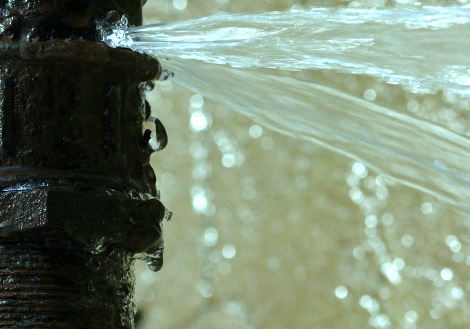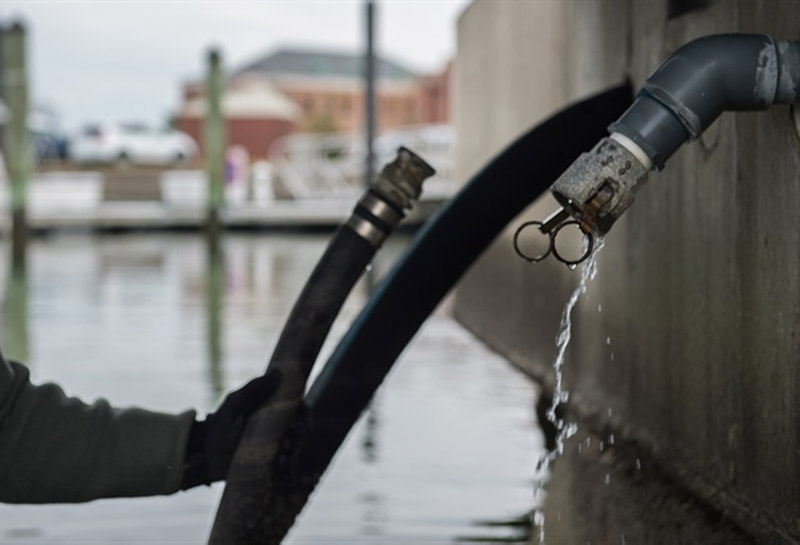The content down below relating to How to Prepare for Your Dishwasher Installation is absolutely enlightening. Don't miss it.

A ruptured pipe is a major emergency; you can just stand as you watch water you pay very much to rejoin with the planet. In worse situations, you notice a pool on your kitchen area flooring, which is a great trip hazard, especially if you have children around. If the pipe that ruptured remained in your walls, problem: you may need to paint that entire area.
Exactly how can a disaster like a burst pipeline be avoided and taken care of? Well, by paying attention to your specialist emergency plumbings and complying with these regulations.
Just how do I understand when my pipes have burst?
Rising and fall water stress
Pipes do not just burst in a day. You might have discovered that your kitchen faucet or shower doesn't run instantly when you transform the faucet. It might pause for a couple of seconds and afterwards blast you with more pressure than usual.
In various other instances, the water might seem typical at first, then decrease in pressure after a couple of seconds.
Infected water
Many people presume a ruptured pipeline is a one-way outlet. Rather the contrary. As water spurts of the hole or gash in your plumbing system, pollutants locate their way in.
Your water may be contaminated from the source, so if you can, inspect if your water storage tank has any kind of troubles. Nonetheless, if your alcohol consumption water is supplied and also detoxified by the local government, you need to call your plumber quickly if you see or scent anything amusing in your water.
Puddles under pipelines as well as sinks
When a pipe bursts, the outflow forms a puddle. It might appear that the puddle is growing in size, and also regardless of the amount of times you mop the pool, in a few minutes, there's another one waiting to be cleaned up. Frequently, you might not have the ability to trace the puddle to any noticeable pipes. This is a sign to call an expert plumber.
Damp walls and also water stains
Prior to a pipe bursts, it will certainly leak, a lot of times. If this persistent leaking goes unnoticed, the leakage might graduate into a vast gouge in your pipeline. One very easy method to prevent this emergency is to look out for wet walls advertisement water discolorations. These water discolorations will lead you right to the leak.
Untraceable trickling sounds
Pipeline ruptureds can happen in the most unpleasant locations, like within concrete, inside wall surfaces, or under sinks. When the house goes quiet, you might have the ability to hear an irritatingly consistent leaking sound. Also after you have actually examined your shower head and also cooking area faucet, the dripping might proceed.
Precious visitor, the leaking might be coming from a pipeline inside your walls. There isn't much you can do concerning that, except tell a professional plumber.
Show up the Warm
Set up fans to blow warmth right into chilly spaces. Maintain the garage door shut. If you have decreased water flow, warmth the most susceptible pipelines (generally in basements and crawl spaces or near exterior walls) with a hair clothes dryer. Leave the faucet on while you use warm. As you thaw ice, the flow will boost. To prevent pipelines from cold, insulate your wall surfaces.
Start Getting Rid of the Water
Get hold of the mop, containers and also a shop vacuum cleaner to start to do away with the water since you absolutely don't desire it saturating into whatever else in your house. Plus, a quick tidy up will certainly minimize the chances of something getting moldy.
What do I do when I identify a ruptured pipe?
Your water meter will continue to run even while your water wastes. To lessen your losses, locate the major controls as well as turn the supply off. The water pipe are an above-ground framework beside your residential or commercial property.
How to Fix & Detect a Leaking Pipe
How Do I Know if a Pipe is Leaking?
Leak detection tests can help you determine if your pipe has a leak. Even if you don’t see an apparent leak, you should still conduct leak detection tests regularly to save water and money—and prevent major damage to your home.
Water meter. It can be helpful to figure out what your usual water meter usage numbers are and then monitor them regularly. To monitor your meter, first, turn off all water faucets in your home. Check the meter and write down the numbers. In a few hours, check the meter again. If the numbers have changed, you have a leak. Water gauge. Use a water gauge to test your water pressure. Your showerhead should produce a certain amount of water pressure based on its model and design. If the pressure is lower than it is supposed to be for that specific showerhead, your home likely has a leak. Puddles. Look inside your bathroom, laundry, and kitchen sink cabinets. Puddles around the cabinets or around toilets, tubs, showers, and washing machines indicate the presence of a leaking pipe. You may also notice loose tiles, peeling or flaking paint, or mold caused by water accumulation. Napkin test. Even if you don’t see any puddles, you may still have a leak. You can test for water leaks in the bathroom, laundry, and kitchen by wiping below-sink connections with a napkin, paper towel, or piece of toilet paper. If it becomes damp, you probably have a leaking pipe under the sink. Discolored walls. Walls that are discolored—usually with brown or yellow stains—or bulging might mean that they have been impacted by water damage caused by a leaking pipe. Smell. A leaky pipe will create sitting water, and over time, that water may develop a musty smell. If your home smells musty, but you can’t locate the source, it may be due to a leak. Steps for Fixing a Leaking Pipe
A leaky drain can be remedied by tightening the pipe base, replacing the drain seal, caulking the rim, and tightening the pipe nut. Similarly, a leaking toilet pipe can be treated by tightening the packing nut. You may also need to replace the valve. A leaky faucet may just need tightening or replacement of the washers. If that doesn’t work, consider replacing your faucet. If your pipe has a hole in it, you may want to use a pipe leak sealer or pipe leak tape. This quick fix for water pipe leaks can also temporarily fix a copper pipe leak. https://www.ahs.com/home-matters/quick-tips/how-to-tell-if-pipes-are-leaking/

I have been very fascinated with What to Know Before Installing a Dishwasher and I am praying you appreciated the entire article. Do you know another person who is interested by the subject? Do not hesitate to share it. Thank you for going through it.
Quick fix? We're here.